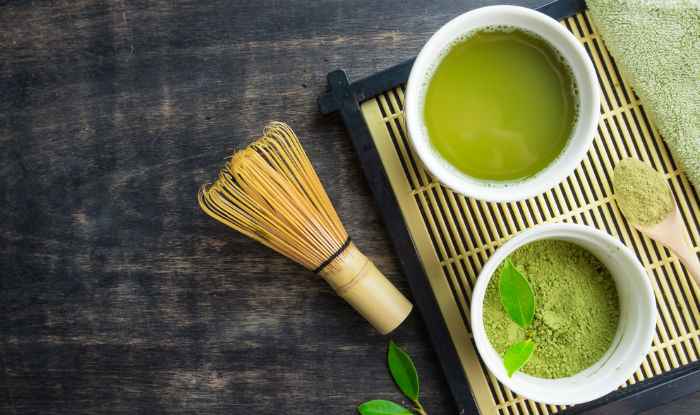Matcha, Japan’s vibrant green powdered tea, has transcended its cultural roots to become a global sensation. Revered for its unique flavour and remarkable health benefits, it has captured the hearts of tea enthusiasts worldwide. While you may have enjoyed the brew in various forms, there’s something extraordinary about experiencing it in the traditional Japanese way. In this article, you explore authentic matcha preparation, understanding the techniques and tools that make it an art form.
Contents
The Essence of Matcha
Before delving into the intricacies of preparation, it’s essential to understand what sets this green tea apart. It is made from shade-grown tea leaves ground into a fine powder, distinct from loose-leaf teas. This powdered form allows you to consume the entire tea leaf, maximising its flavour and health benefits.
The Key to Authenticity: Quality Matcha
The first step in traditional matcha preparation is selecting high-quality powder. Authentic matcha is vibrant green and has a fresh, grassy aroma. Avoid low-quality products that may appear dull or yellowish, as it lacks the depth of flavour and nutrients in premium varieties.
The Essential Matcha Tools
Traditional matcha preparation requires specific utensils that enhance the experience and ensure a smooth, frothy cup of tea. Here are the essential accessories:
Chawan (Tea Bowl): The chawan is a shallow, wide bowl for whisking and drinking matcha. It comes in various designs, often reflecting the artisan’s creativity.
Chasen (Matcha Whisk): The chasen is a bamboo whisk with finely crafted bristles to create a frothy brew. It’s an indispensable tool for achieving the desired texture and consistency.
Chashaku (Bamboo Scoop): The chashaku is a bamboo scoop used to measure the precise amount of powder. It ensures consistency in flavour and strength.
Furui (Sifter): While not always necessary, a sifter can help break up clumps in the powder, resulting in a smoother and lump-free cup.
The Ceremonial Process
The traditional method is often associated with the Japanese tea ceremony known as Chanoyu or Sado. While the full tea ceremony is a highly choreographed and intricate ritual, you will explore a simplified version that captures the essence of matcha’s tradition and elegance.
Warm the Chawan: Begin by warming the chawan and pouring hot water into it. After a minute, discard the water, ensuring the bowl is preheated.
Measure the Matcha: Use the chashaku to scoop the appropriate quantity of powder into the chawan. The standard measurement is about 1 to 1.5 teaspoons of it.
Add Hot Water: Boil water and allow it to cool slightly (to about 175°F or 80°C). Pour a small amount of hot water into the chawan, covering the matcha powder.
Whisk with Precision: Hold the chasen in one hand and use the other to brace the chawan. Whisk it vigorously in a “W” or “M” shape until a frothy layer forms on the surface. This should take about 15-20 seconds of brisk whisking.
Savour the Moment: Once it is well-whisked, pause to appreciate its vibrant green colour and inviting aroma. This is a moment of mindfulness and appreciation.
Enjoy Slowly: Sip it slowly, savouring its complex flavours and velvety texture. Traditional matcha is typically enjoyed without any additions like milk or sugar.
The Pleasure of Tradition
Preparing and savouring this brew in the traditional style is a celebration of taste and mindfulness. It’s a chance to slow down, appreciate the moment, and connect with centuries of tea culture. Whether you’re new to it or a seasoned enthusiast, experiencing it in its authentic form is a journey worth taking.
In Closing
Authentic matcha preparation is more than just making a cup of tea; it’s a sensory experience that connects you to a rich cultural heritage. Whether you embrace the full traditional ceremony or opt for a simplified version, whisking matcha and sipping its vibrant elixir invites a sense of tranquillity and appreciation. So, next time you reach for that chasen and chawan, remember that you’re not just making tea; you’re partaking in a timeless ritual that celebrates the art of matcha.

